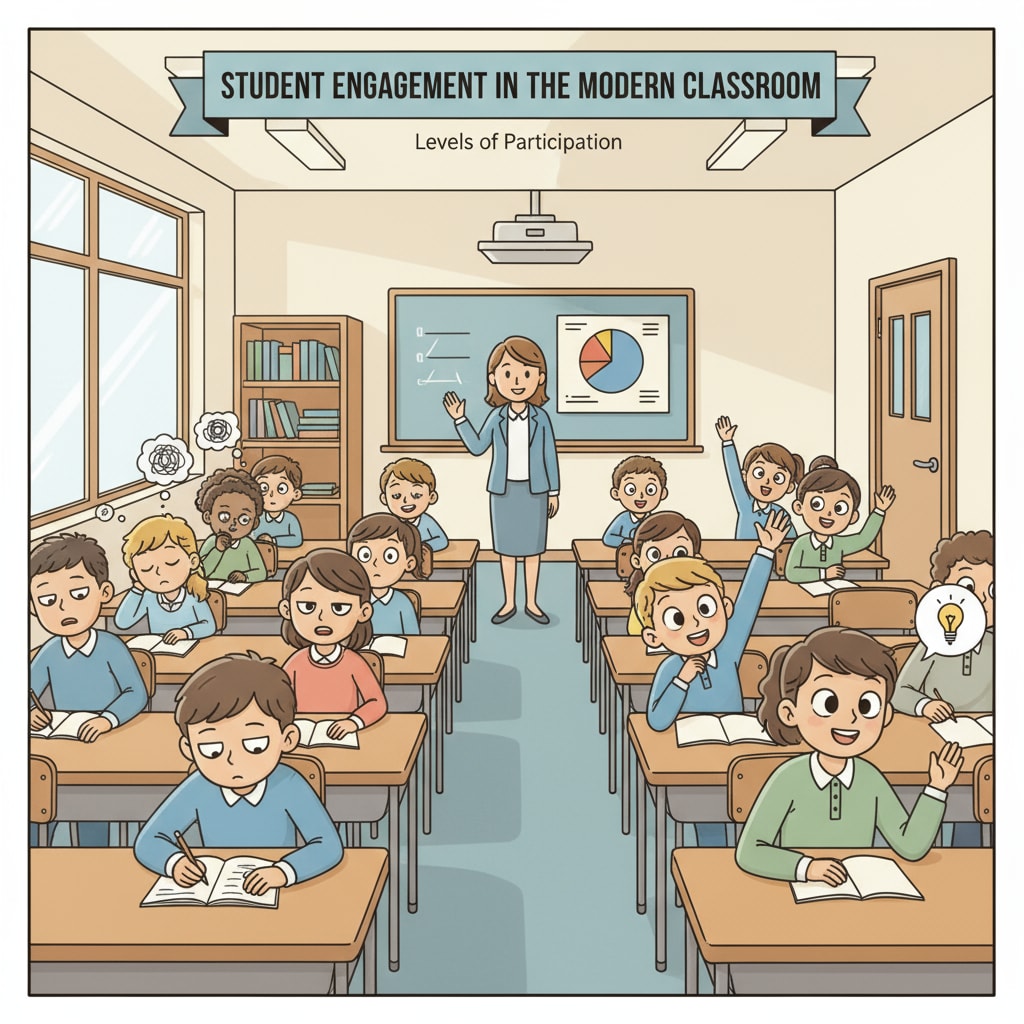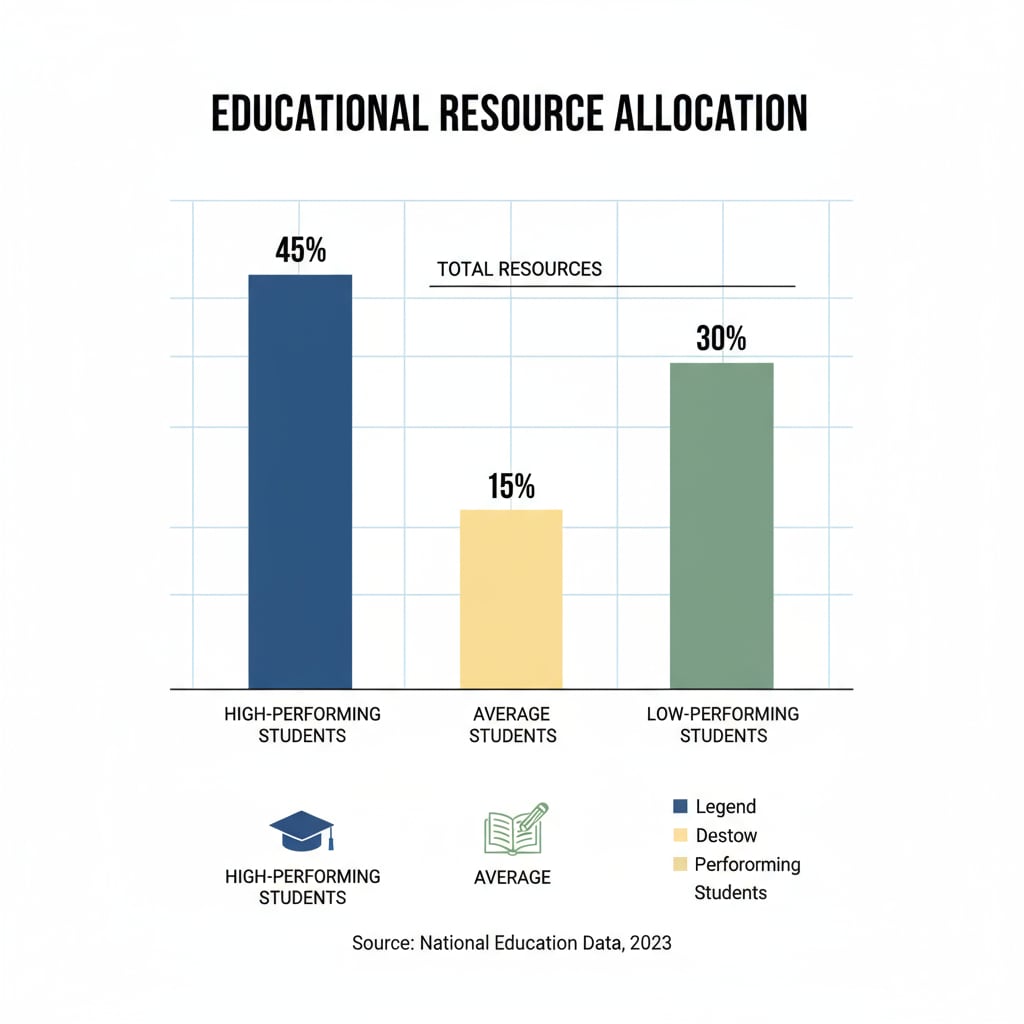In the realm of education system, class stratification, and student engagement, there exists a significant yet often overlooked issue. The modern K12 education system has developed an imbalanced structure that overly focuses on two extreme student groups while neglecting the middle layer of students who are ordinary but possess a strong desire to learn. This imbalance has far-reaching consequences for the educational quality of these overlooked students.

The Imbalanced Focus in Education
The educational landscape today is skewed. On one hand, high-achieving students receive substantial attention. Schools often offer them advanced courses, special tutoring, and numerous opportunities to participate in prestigious competitions. For example, many schools have gifted and talented programs that are well-funded and designed to challenge these top students. According to EdWeek’s coverage on gifted education, these programs aim to nurture the potential of high-achievers. On the other hand, struggling students also get a fair share of resources. Special education services, individualized learning plans, and additional support are provided to help them catch up. However, this leaves the middle group of students in a lurch.
Resource Misallocation and Its Impact
This focus on the extremes results in resource misallocation. Resources such as experienced teachers, advanced teaching materials, and extracurricular activities are disproportionately distributed. As a result, the ordinary but motivated students in the middle lack the necessary resources to fully develop their potential. They may be stuck in regular classes with a one-size-fits-all teaching approach, unable to access more challenging materials or receive personalized guidance. Data from the National Center for Education Statistics shows that the distribution of educational resources is uneven across different student groups.

Consequently, their student engagement may decline. Without sufficient challenges and support, these students may become bored or disillusioned with the educational process. They might start to lose their initial motivation to learn, which in turn affects their educational quality. In addition, this situation can also lead to a lack of diversity in the classroom environment, as the curriculum and teaching methods are often tailored to either the high- or low-achieving students.
Readability guidance: By highlighting the issues of imbalanced focus and resource misallocation, we can see how the education system is currently falling short in meeting the needs of ordinary but motivated students. Short paragraphs and clear lists help to convey these complex ideas more effectively. Transition words like “however”, “consequently”, and “in addition” are used to connect different thoughts and make the flow of the article more seamless.


